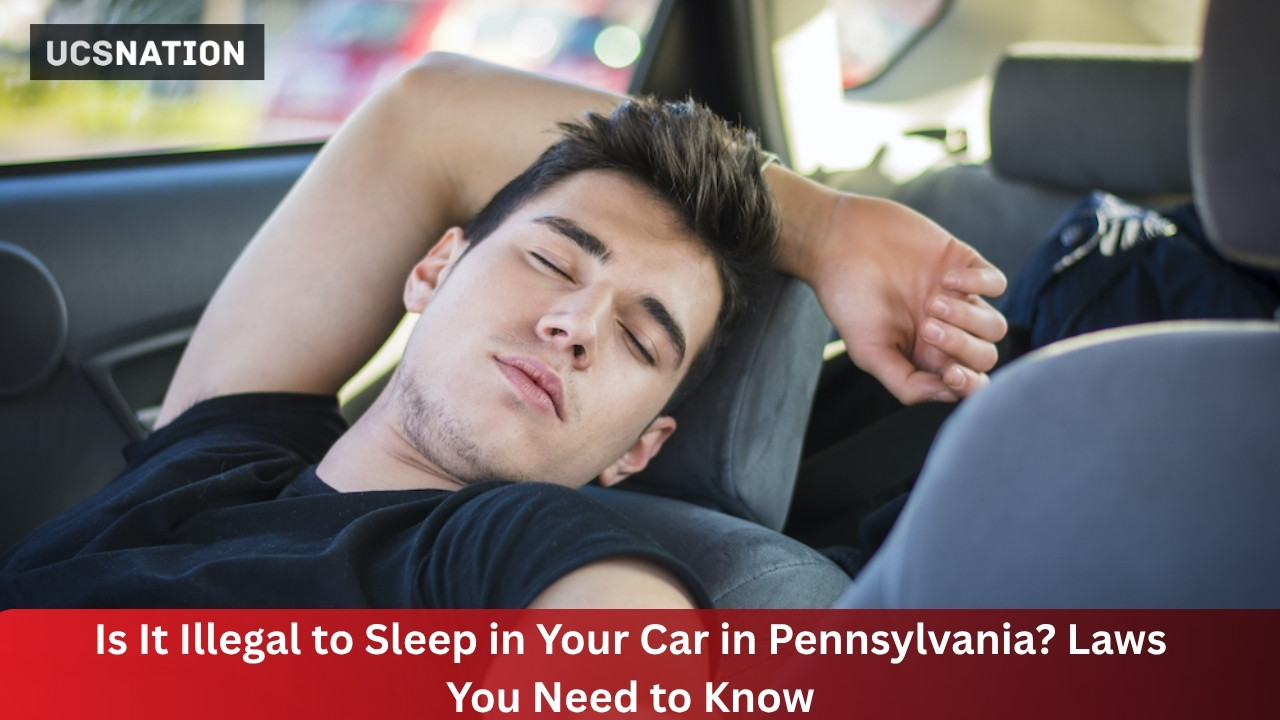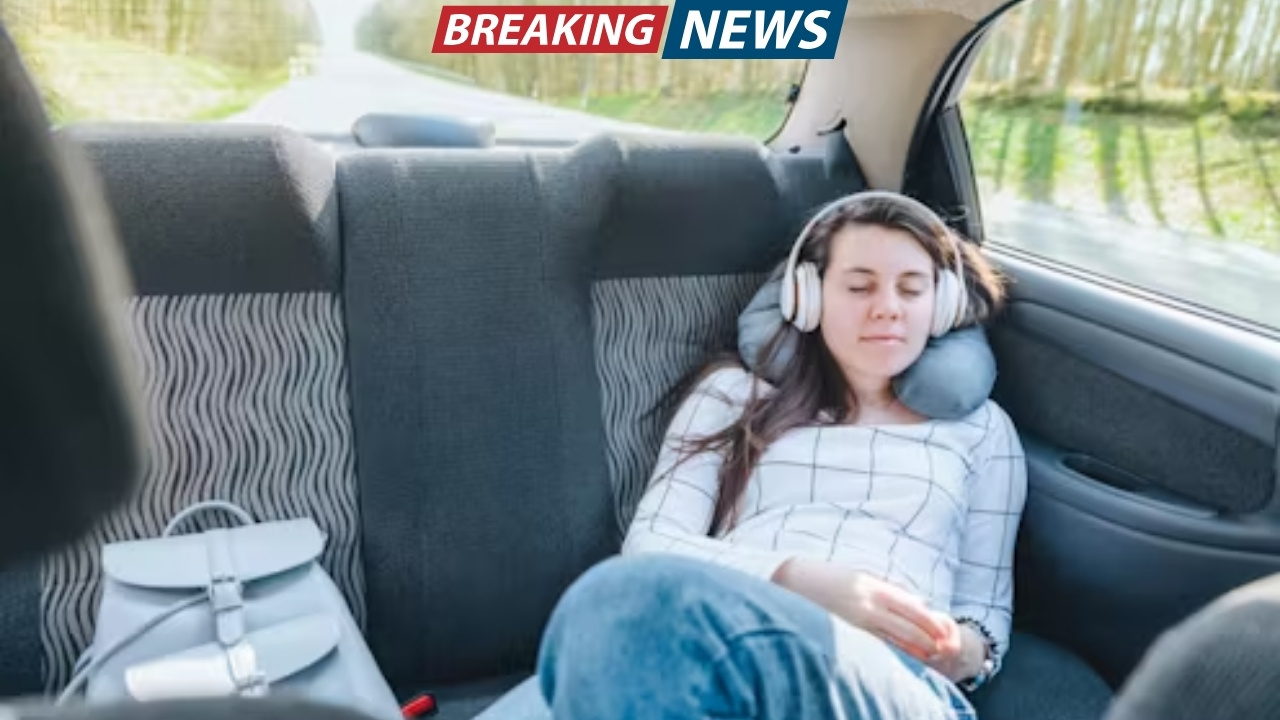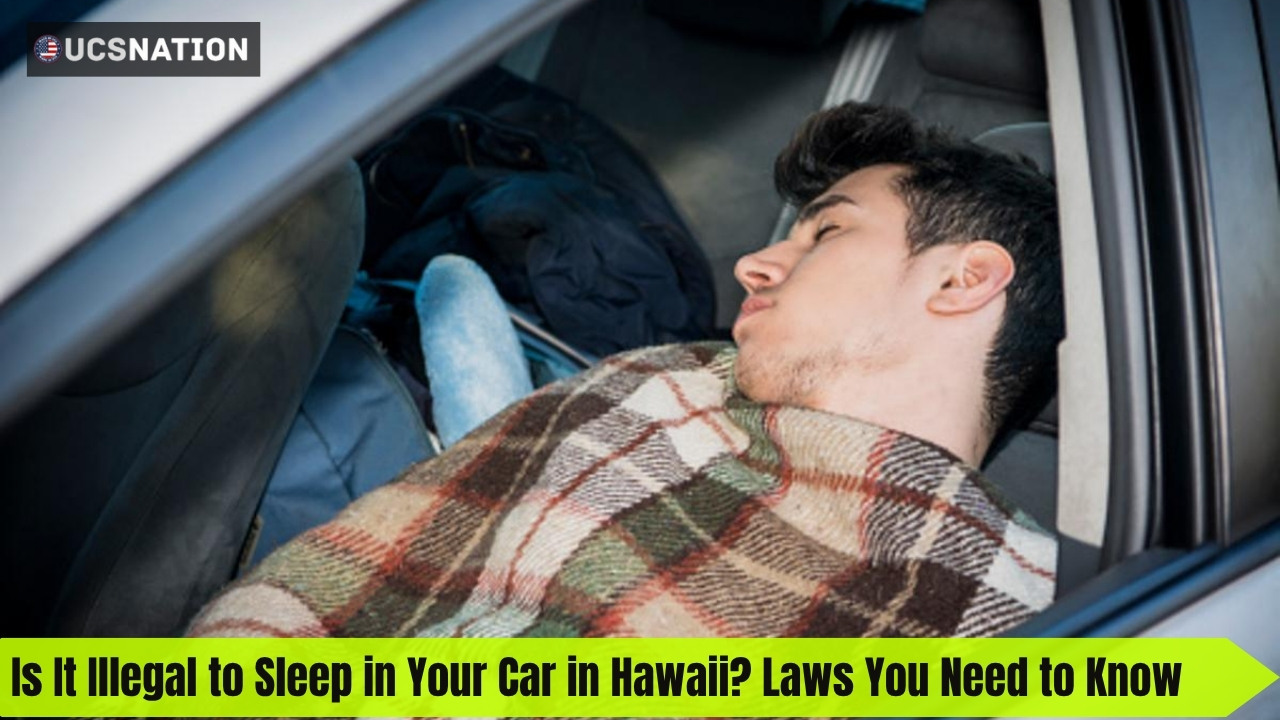In the constantly evolving landscape of Florida traffic laws, the use of headphones while driving remains a topic of concern, confusion, and legal scrutiny. With over 21 million drivers registered in the state, understanding the precise rules—especially as they apply in 2025—is crucial for staying safe and avoiding costly fines or penalties.
This comprehensive guide clarifies Florida’s current laws on headphone use while driving, explores exceptions, highlights penalties, and offers practical advice for motorists navigating the Sunshine State’s roads in 2025.
Florida’s Position on Headphones While Driving
Currently, Florida law explicitly prohibits driving while wearing a headset, headphone, or other listening device, with very limited exceptions. The relevant statute, Florida Statutes §316.304, states:
“No person shall operate a vehicle while wearing a headset, headphone, or other listening device, other than a hearing aid or instrument for the improvement of defective human hearing.”
The intent of this law is to ensure that drivers remain alert and fully aware of their surroundings, including emergency sirens, horns, and other vital auditory cues. While some states allow driving with headphones in one ear or have more lenient rules, Florida maintains a stricter approach, with only a few narrowly defined exemptions.
Understanding the Exceptions
Despite the general ban, Florida law does recognize specific situations where drivers may use listening devices without violating the statute. These exceptions include:
-
Hearing Aids: Drivers with hearing impairments may wear hearing aids or similar devices prescribed by a licensed physician.
-
Single-Ear Use for Communication: Florida permits the use of a single earbud or headphone in one ear for the sole purpose of conducting communication (e.g., phone calls), not for listening to music, podcasts, or streaming content.
-
Law Enforcement and Emergency Personnel: Police officers, emergency responders, and certain service professionals may use headsets or communication devices when performing official duties.
-
Motorcycle Helmet Speakers: Motorcyclists may use speakers embedded within their helmets—provided the speakers do not cover or insert into the ears—since these do not block out environmental sounds.
These exemptions are designed to balance safety with practical communication needs, but they must be strictly interpreted and applied. For example, wearing both earbuds for any reason other than hearing aids is not allowed.
Why Florida Bans Headphones While Driving
The rationale behind the law is grounded in the science of distracted driving. Distractions fall into three main categories:
-
Visual: Taking your eyes off the road.
-
Manual: Taking your hands off the wheel.
-
Cognitive: Taking your mind off driving.
Headphones primarily increase cognitive and auditory distractions. By blocking out external sounds, headphones impair a driver’s ability to hear:
-
Emergency vehicles such as ambulances, fire trucks, and police cars.
-
Horns and warnings from other drivers.
-
Mechanical sounds from their own vehicle, which may signal malfunction or danger.
-
Environmental cues such as screeching tires, glass breaking, or people shouting.
Even a single earbud can be risky if the volume is too high or the distraction too great. Florida’s law, therefore, seeks to minimize unnecessary distractions and maximize driver attention.
Penalties for Wearing Headphones While Driving in Florida
Violating Florida’s headphone ban can result in several legal consequences:
-
Fine: If you’re caught driving with headphones, the consequences could be more than a slap on the wrist. The fine for violating this statute starts at $150, and you could also have points added to your license, meaning higher insurance rates or even a suspended license.
-
Points on Your License: Wearing headphones while driving is typically a non-moving violation, but it may still add points to your driving record. Accumulating points can lead to license suspension or higher insurance premiums.
-
Increased Penalties for Repeat Offenders: Multiple violations may result in higher fines, mandatory community service, or even a short-term license suspension.
-
Impact on Accident Liability: If a driver is involved in an accident while wearing headphones, they may be found at least partially at fault for the crash, potentially affecting insurance claims and legal proceedings.
The specific penalty often depends on the officer’s discretion, the surrounding traffic situation, and whether the distraction contributed to unsafe driving.
Distracted Driving and Florida’s Evolving Laws
Florida has recently intensified its focus on distracted driving. In 2025, a new hands-free driving law took effect, making it a primary offense to use a cellphone in your hand while driving, except for quick taps to start or end a call. This law dovetails with the headphone ban, as both seek to minimize distractions behind the wheel.
Distracted driving remains a leading cause of accidents in Florida. In 2024, the state reported over 697,000 crashes, with distracted driving responsible for 2,289 serious injuries and 275 fatalities. The prevalence of smartphones, streaming, and in-car infotainment systems has made distraction a persistent challenge for law enforcement and public safety officials.
Bicyclists and Headphones: A Special Case
Florida’s headphone ban applies not only to motorists but also to bicyclists. Cyclists are prohibited from wearing headsets, headphones, or listening devices, with the same exception for one earbud used exclusively for communication.
This rule is in place because cyclists, like drivers, need to remain alert to traffic sounds and potential hazards. The law is intended to protect cyclists and others sharing the road.
How Law Enforcement Enforces the Law
Enforcement varies by officer and jurisdiction, but the law gives police the authority to pull over drivers observed wearing headphones. Officers may use their discretion in issuing warnings or citations, especially for first-time offenders.
If you are involved in a crash while wearing headphones, this fact can be used against you in determining fault, insurance claims, and even civil lawsuits. The law is clear: headphone use while driving is not a minor infraction—it’s a recognized safety hazard.
Comparing Florida to Other States
Florida is one of only 16 states (as of 2025) that specifically outlaw the use of headphones while driving. Some states, like California and Louisiana, ban all headphone use, while others permit single-ear devices for communication only—a rule Florida also follows.
This patchwork of laws means drivers traveling across state lines should always check local regulations. However, in Florida, the message is clear: both ears must remain unblocked by headphones, with the exception of hearing aids and single-ear communication devices.
Tips for Safe and Legal Listening in Florida
To stay compliant and safe while driving in Florida:
-
Use Your Car’s Audio System: Play music, podcasts, and navigation prompts through your car’s speakers, keeping the volume at a level where you can still hear outside noises.
-
Hands-Free Calling: Make and receive calls using your car’s built-in Bluetooth or a single earbud on one ear.
-
Avoid Temptation: Leave both earbuds out while driving, even if you’re only using one. This reduces the risk of accidentally covering both ears.
-
Stay Updated: Florida’s traffic laws can change. Before a long drive, review the latest state and local regulations.
-
Educate Teens and New Drivers: Make sure young drivers understand the risks and legal consequences of driving with headphones.
Conclusion
No matter how tempting it is to plug in and tune out during a long drive, Florida’s law prioritizes safety over convenience. The risks of missing a critical sound—whether it’s an approaching siren, a car horn, or a shouted warning—are simply too great. By keeping both ears open, drivers help protect themselves, their passengers, and everyone sharing the road.
In 2025, Florida’s message to drivers is clear: if you want to listen safely, use your car’s speakers or a single earbud only for essential communication. For everything else, the music—and your headphones—can wait until you’ve arrived.















Leave a Reply